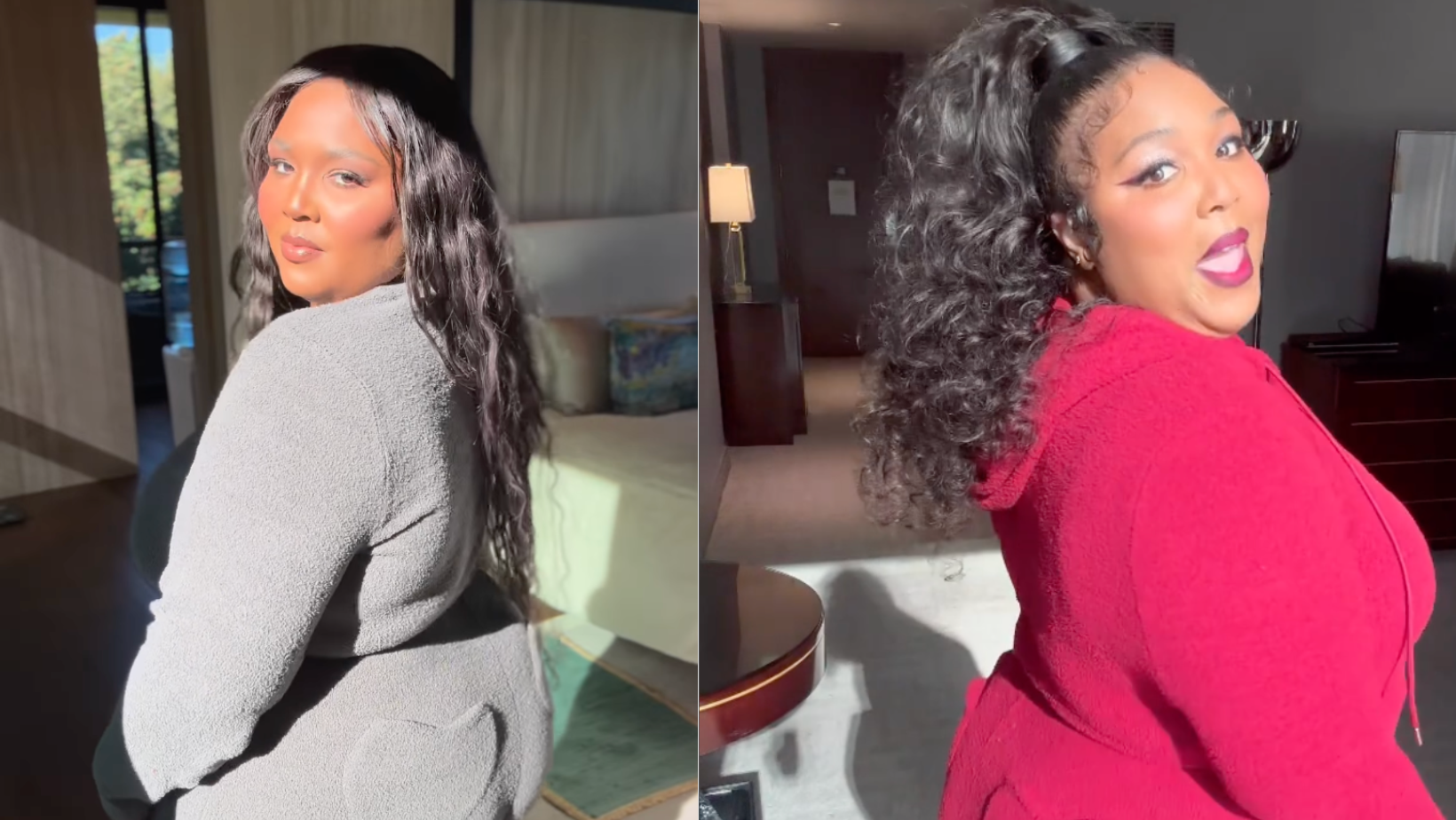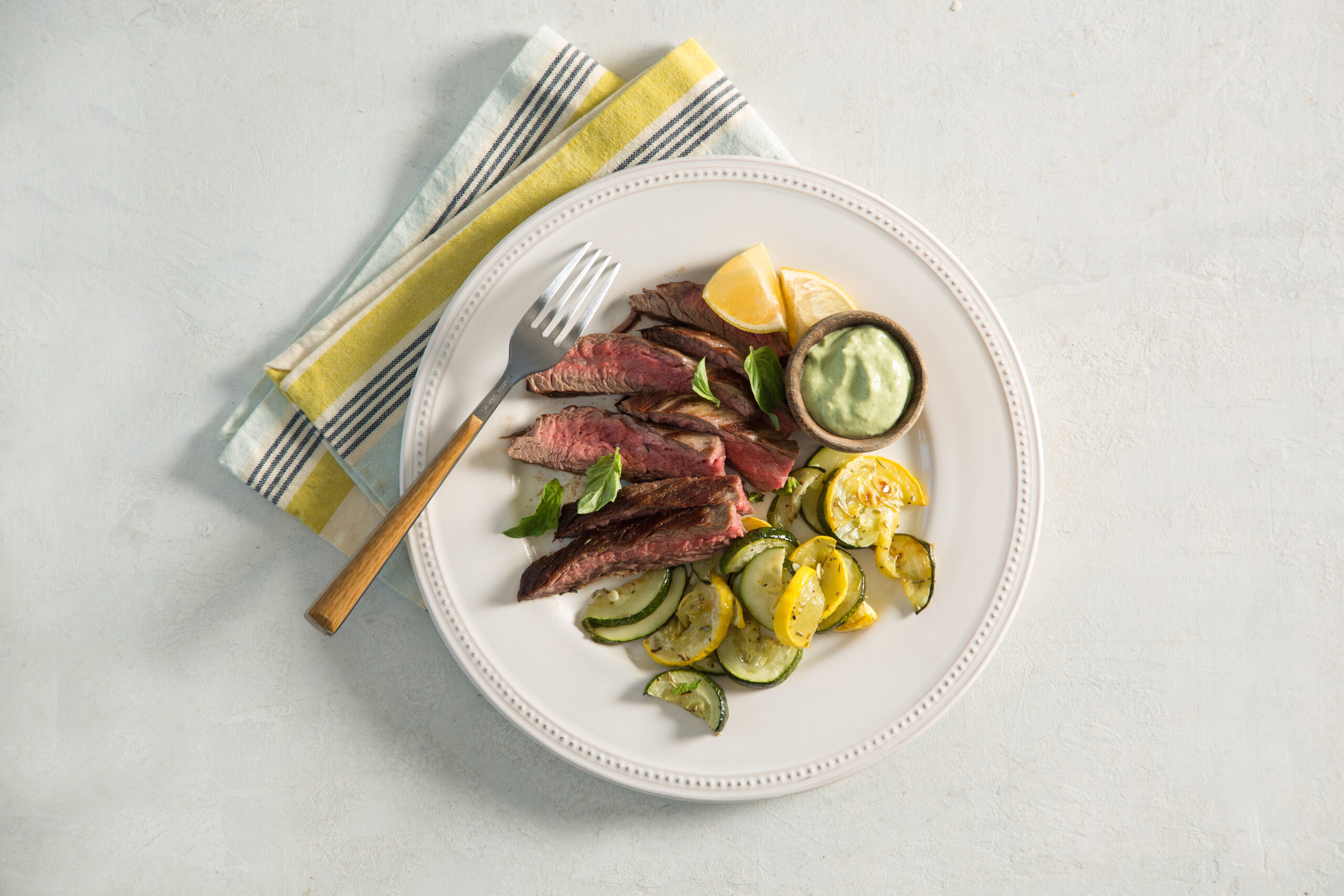
Lizzo's Yitty
Lizzo via Instagram @Lizzobeeating
Bridgerton is back and so is allll that comes with it: me doing my best Lady Whistledown impression by hounding all my friends for gossip, magazines featuring the latest stars in every issue, and the entire world consumed with a fresh fervor for regency fashion.
While there’s no love lost for the actual royal family right now — from Meghan and Harry’s tell-all interview to Will and Kate’s controversial tour of the Caribbean — the imagined version of royal drama and glamor is a compelling world to escape into.
The first season of the Netflix phenomenon premiered at the peak of the pandemic, so most of our passion for Bridgerton was quite inhibited. Yes, we binged-watched it from bed, and maybe let out some effusive tweets about Rege-Jean Page, but then it was over and that was it. Now, the world is way more open, meaning the world of Bridgerton and its obsessive fans are no longer confined to the screen — or their bedrooms.
People are throwing elaborate Bridgerton– themed parties, and there are even official Bridgerton Experience Balls being thrown around the world. The Queen’s Ball: A Bridgerton Experience is an opportunity for people to indulge in the splendor of that alluring, magical world. Fans attend in droves, dressed in their finery to live out their regal fantasies.
But Bridgerton isn’t the only drama getting love for its costume department. The new HBO series The Gilded Age is full of smashing skirts and astonishing gowns. Even The Met Gala 2022 is embracing this sartorial moment with this year’s theme “Gilded Glamor.”
With all the ardor for drama and detail, I’ve seen some posts on the internet floating around, wondering why don’t we dress in this fabulousness anymore? The resounding response to those inquiries? It was uncomfortable as hell.
It’s one thing to don a devastating dress and pretend to be a royal at a Bridgerton Experience Ball. But it’s a completely different thing to strap yourself into a steel-boned corset every morning, pulling the strings taut, and molding yourself into an unnatural, hour-glass shape.
Although most of us are lucky enough not to experience this every day, women are still expected to cleave themselves for appearances’ sake. Despite how times have changed and how fashion changes with them, a social expectation remains. Women must look a certain way to conform to outmoded standards.
After all, what is shapewear but a modern corset?
Shapewear isn’t merely elaborate Spanx contraptions, though this did define the trend for a while. The latest shapewear epoch is sexy — or supposed to be. Take Kim Kardashian’s Skims brand. This contempo shapewear line also promotes itself as loungewear — that is if you want to loll about your home in unbreathable, body-constricting spandex.
Skims has acquired a cult-like status for its body “contouring” effect. Similar to that phase when the Kardashians tried to convince us all to buy waist trainers, Skims is their attempt to establish one body type as “correct” and shame us into buying anything that will get us closer to achieving it.
But, the times might be a-changing. Grammy-award-winning singer Lizzo has launched her own shapewear brand under the Fabletics umbrella and she’s hoping to completely transform the industry.
Lizzo’s cheeky brand, Yitty, is first and foremost, wonderfully size-inclusive. And not just in size range, but in rhetoric. The labeling starts with the biggest size first, with Lizzo referring to its sizes from 6X-XS, instead of starting with XS as most brands do. How wise. And how absolutely right!
What’s revolutionary about this shapewear brand is that it isn’t reinforcing a tired old standard, or asking bodies to contort themselves to fit into a particular sized box. It’s doing the opposite. Yitty offers the opportunity for people to reframe how they view themselves and on their own terms. According to Lizzo in The New York Times, she seeks to “give everyone the opportunity to speak for themselves when it comes to how their body should look and how they should feel in their body.”
To Lizzo, shapewear was one of the last fashion holdouts that needed to be redefined for inclusivity. Sure, Kim Kardashian made her trifling contribution, but the basic tenets of shapewear have remained in place for far too long — harkening back to Bridgerton-era discomfort and restriction. “Shapewear was one of those untouched constructs in fashion people weren’t really messing with — or thinking about,” Lizzo said. ”At a certain point I started to make my own little pieces: little moments here, little moments there, little booty lift here. I wanted to share that.”
According to Lizzo, this is all about taking control. For too long, women have been held to other people’s standards and ordered to prioritize other people’s opinions about their worth. Even Lizzo, who lives in the public eye, finds herself getting caught up in how other people see her. But she knows well enough to simply shake it off and lean into her own exuberant self-confidence. She wants to share that confidence with her audience with Yitty.
“I’m selling that more than I’m selling thongs, more than I’m selling bodysuits or I’m selling shapewear,” Lizzo said. “I’m selling a mentality that ‘I can do what I want with my body, wear what I want and feel good while doing it.’” No matter what kind of body you’re showing off, it’s not, “‘Oh, how brave.’No. No more of that. Nothing to see here but a body, just like your body.”
The popular fat-activism Instagram account, the Unplugged Collective, raised the question: can shapewear be inclusive? Or is it doomed to be constricting? After all, why do we have to modify our shape? Can’t we just let our bodies, bellies and all, be free?
Their audience sounded off in the comments. For some, throwing away their old shapewear has been a liberating part of fat acceptance. Going back could feel regressive, they expressed, even for Lizzo.
However, others love the support that shapewear can provide, but hate the discomfort and pinching. They argued that bras can be considered a form of shapewear, and if we treat other shapewear as supportive rather than slimming or contouring, it can be liberating rather than shameful.
Some users use shapewear to alleviate chafing or back pain. One user shared that — being on the spectrum — the compression was good for their mental health. For people who need shapewear for their daily lives, Lizzo’s comfortable and inclusive brand is a gamechanger.
This is precisely what she’s going for. In fact, Lizzo didn’t even want to call it shapewear. She wanted to dub her new brand “bodywear” but people weren’t sure what that meant. Either way, Lizzo hopes to change people’s lives in real, tangible ways.
No matter what form it takes, “I want to be a world changer,” she says. “I wasn’t just making cool music — my art always has a bigger purpose.”
“This is something I’m building that can hopefully last for generations — not just the company or the product, but the mentality of Yitty,” she continued. “This idea of liberation with your body and being able to express it in different ways can go so, so far.”














